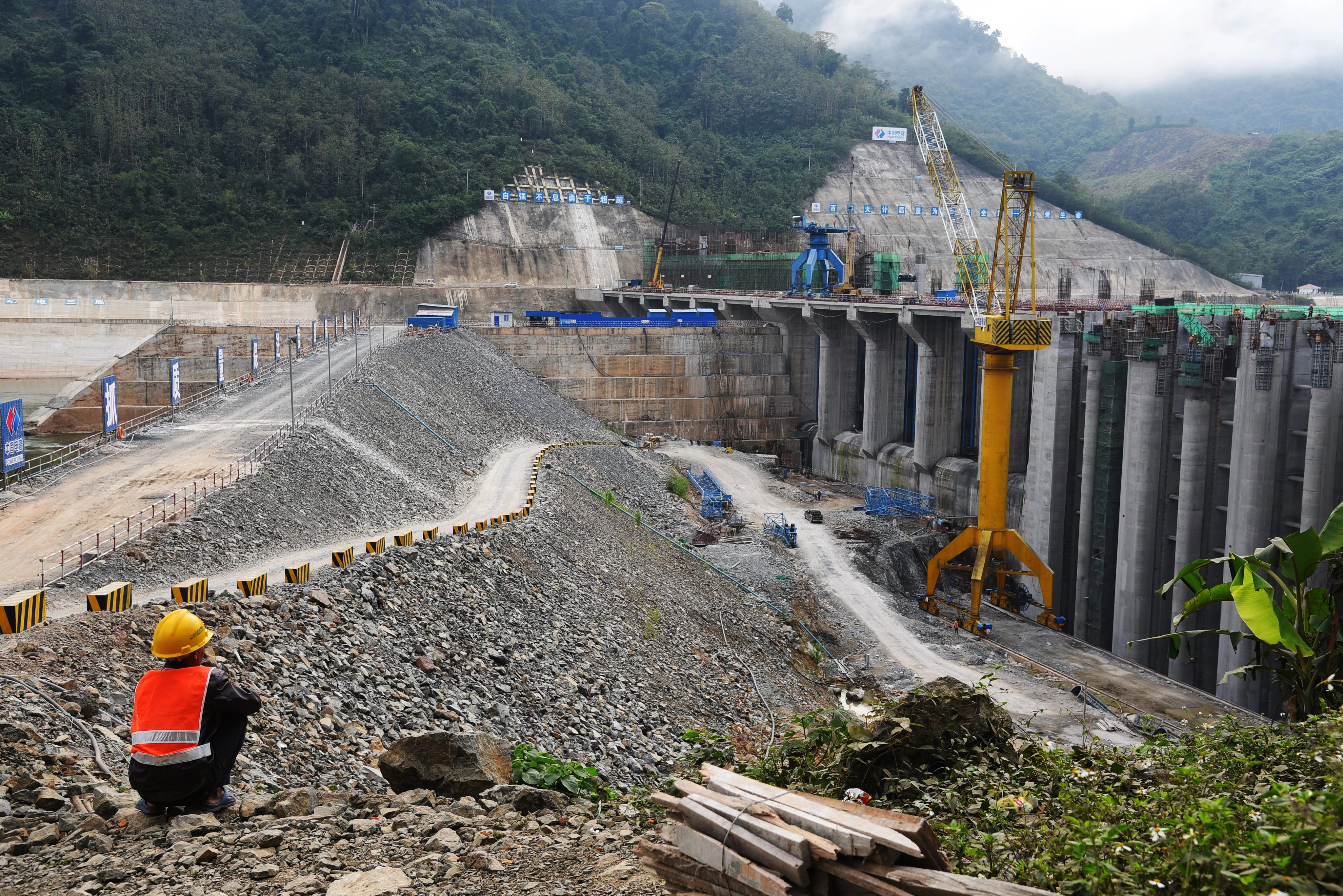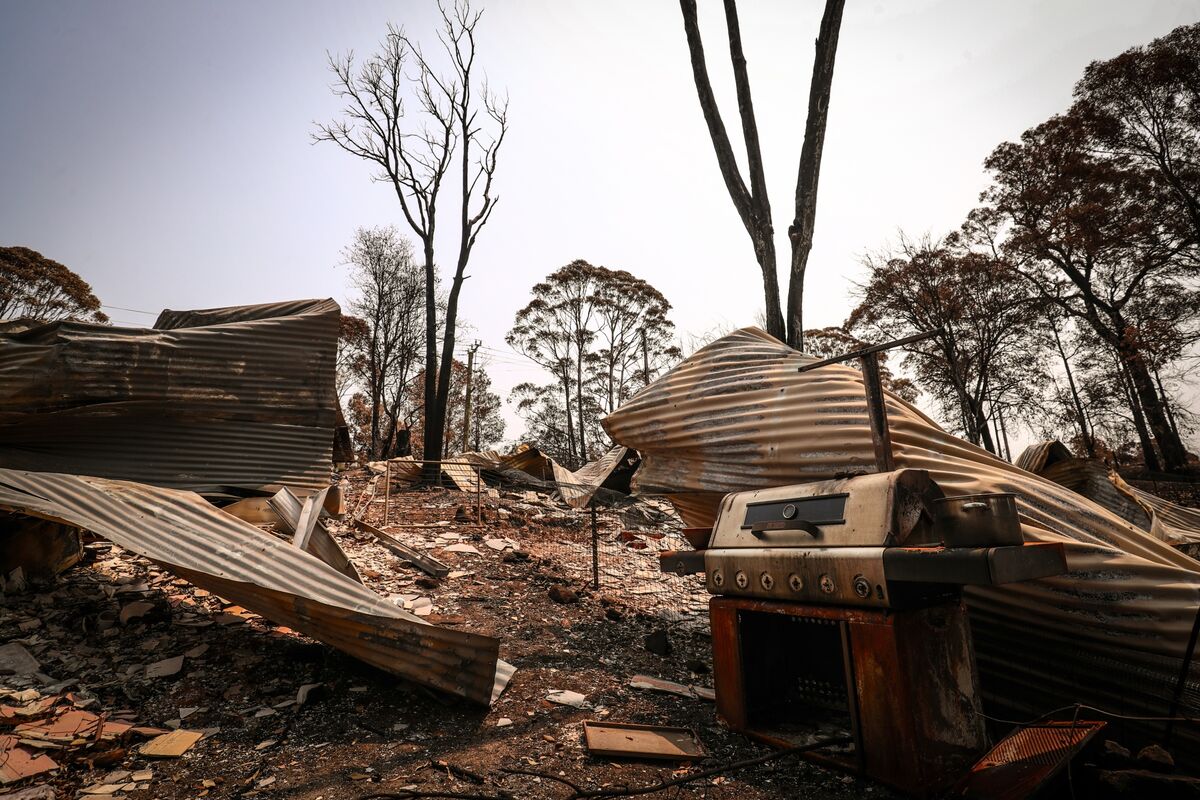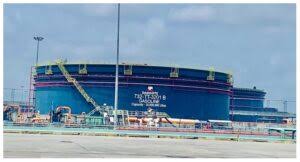By SCMP Reporter
Copyright scmp

Laos’ ambition to become the “battery of Southeast Asia” has left the country awash with surplus electricity, but burdened by soaring debts from a decades-long dam-building spree.
Now, in a bid to turn this excess into economic gain, the government is embracing the energy-intensive business of cryptocurrency mining – drawing both international intrigue and local controversy.
The multibillion-dollar business of digital asset mining, which rewards participants with tokens such as bitcoin for solving complex blockchain puzzles, is notoriously energy hungry.
But Laos, having constructed dozens of hydropower projects across the Mekong River and its tributaries, finds itself with more power than it can sell.
Electricity accounted for 26 per cent of Laos’ total exports last year, according to government trade data. The country, landlocked and long among the region’s poorest, has marketed its cheap hydropower to energy-hungry Asian neighbours striving to meet climate targets.
But the hydropower boom has come at a steep price, with environmentalists warning that the dams have disrupted the health of the nation’s rivers, hurt downstream agriculture and fisheries dependent on sediment-rich waters, and displaced thousands – if not tens of thousands – of people.
Critics argue that the policy has sacrificed local livelihoods and ecosystems for questionable economic returns.
Meanwhile, Laos’ debts have piled up. Much of the financing for the dams came from Chinese loans and foreign companies, but the returns have been slow, hobbled by a lack of transmission infrastructure to export the surplus electricity, according to the International Monetary Fund.
Loatian officials are now searching for new ways to monetise their unused electricity. According to a report in the state-run Vientiane Times following a recent high-level meeting, policymakers are considering “long-term economic opportunities”, including “digital asset mining … enabling the country to transform surplus power into economic value”.
The country has begun licensing local crypto trading platforms and mining operations, even as authorities voice caution over the risks posed by volatile digital assets.
The move comes as ordinary Laotians struggle with stubbornly high inflation and a currency, the kip, that has lost half its value against the US dollar in five years.
Compounding these woes, the US recently imposed a 40 per cent tariff on Laotian exports, the second highest among Washington’s trading partners.
Environmental campaigners view the turn to crypto as symptomatic of a flawed energy policy that has left Laos indebted and unable to offload its surplus power.
“Laos allowing electricity to be used for cryptocurrency mining is clearly not something driven by internal conditions,” said Witoon Permpongsacharoen, director of the Mekong Energy and Ecology Network.
“It stems from the fact that Laos is heavily indebted and unable to pay off its debts.”
Paradoxically, while Laos generates excess electricity during the wet season, it is forced to buy power from neighbouring nations in the dry months when hydropower output wanes.
“Most of this hydropower is seasonal and in the dry season, Laos buys back from Thailand,” said Pianporn Deetes of International Rivers.
Promises to uplift the communities displaced for the reservoirs and dams have largely gone unfulfilled. Instead of prosperity, many now faced deeper hardship, Deetes said.
Laos risked “taking away the rich natural resources from its own population and putting people into worse conditions … not better than before”, she said.
Still, the government’s foray into cryptocurrency mining has captured attention across a region searching for new sources of growth amid shifting global trade winds.
Laos aspires to become a full-fledged digital economy by 2030 and is on track to graduate from the United Nations’ “least developed” status next year.
While China, Laos’ powerful northern neighbour, banned cryptocurrency mining and trading in 2021 over fears of financial instability, Laos has become an attractive hub for Chinese miners seeking cheap power – often illegally.
The government’s latest move aims to bring this activity under official oversight, issuing licences and seeking to tax the industry’s revenues.
There is, in the view of the International Monetary Fund, an economic logic in monetising surplus electricity. But challenges remain.
The IMF warned in November last year that Laos’ “significant level of public debt poses challenges to the medium-term economic outlook”, and that, under current policies, “inflation and debt revaluation would likely intensify, implying a significant drag on growth over time”.



